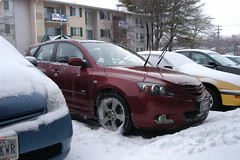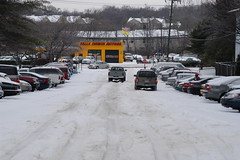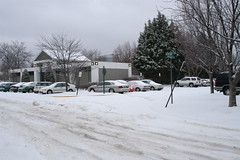Test Scores at Odds With Rising High School Grades – washingtonpost.com
The mismatch between stronger transcripts and weak test scores on the National Assessment of Educational Progress, often called the nation’s report card, resonated in the Washington area and elsewhere. Some seized upon the findings as evidence of grade inflation and the dumbing-down of courses. The findings also prompted renewed calls for tough national standards and the expansion of the federal No Child Left Behind law.
Since I don’t teach in area high schools, and don’t have children or even know any children in area high schools, I can’t comment on this from direct experience. But it worries me that nowhere in this article does it suggest that the problem might be the tests. I’m not saying that I don’t think there is grade inflation and course-title inflation. I’m sure there is. But the article takes it as accepted fact that the tests are infallible – that a good test score means a student who is well-prepared for the real world.
Anyone closely involved with area high schools can probably tell you that isn’t true. Certianly it is more likely that a student with high scores will do well in the real world, but I can’t believe that it’s an absolutely accurate predictor of success.
I think the danger here is that we take things as fact when they are anything but. If you make very logical and informed decisions based on flawed assumptions, your decisions are probably going to be wrong.
Maybe we should be looking at students who took these tests five years ago and looking at what a high test score meant. Were those students more likely to be successful in college? More likely to get a good job? What were we doing differently back when scores were higher? Were those students better or worse off? There are a million questions to answer, and seeing low test scores and immediately assuming that the teachers are failing is a disservice to everyone.



